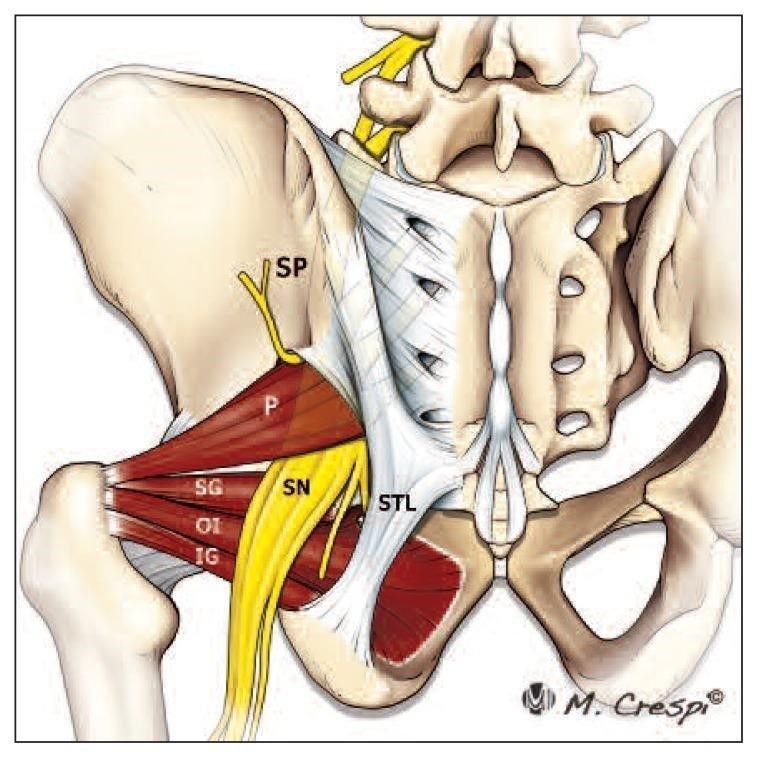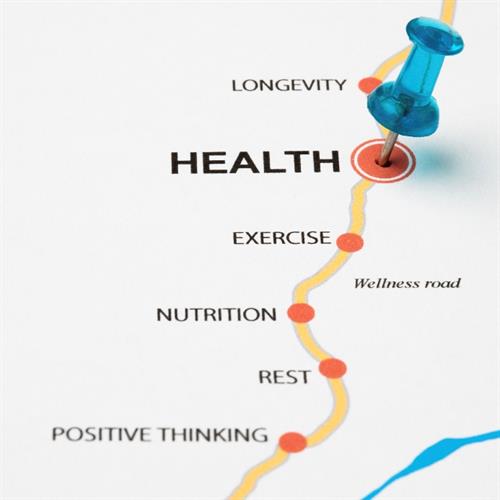Articles
-

Do You Have a Pain in the A$$? Part 1.
| |So often patients describe their pain as “sciatica”, too often doctors agree and diagnose their pain as “piriformis syndrome”. But the gluteal region is more complicated that pointing to a spot on your buttock and a diagnosis is made. There are numerous reasons for a pain in your gluteal region. Deep Gluteal Pain Syndrome (DGPS) … Continue reading Do You Have a Pain in the A$$? Part 1.
-

What is Fitness and How Can We Measure it?
| |What is Fitness? Biologically speaking, an organism would be considered as having fitness if it is able to survive to reproduce. Typically, humans survive well beyond their reproductive years. For us, fitness has taken on a new definition that is related to the stage of life we are in and our overall level of health. … Continue reading What is Fitness and How Can We Measure it?
-

Post Surgical Rehabilitation of the Shoulder (Labral Tear) Part 1
| |The shoulder joint involves 3 bones: scapula (shoulder blade) clavicle (collarbone) humerus (upper arm bone) The head of the humerus rests in a shallow socket of the scapula called the glenoid. Since the head of the humerus is much larger than the glenoid, a soft fibrous tissue called the labrum surrounds the glenoid to help … Continue reading Post Surgical Rehabilitation of the Shoulder (Labral Tear) Part 1
-

Post Surgical Rehabilitation of the Shoulder (Labral Tear) Part 2
| |Note: Part 2 of this article is geared more toward a qualified healthcare practitioner. Full return to throwing and contact sports occurs in 80-90% of athletes. Successful return to sport and activity is dependent on following post-surgical precautions and completing a structured post-surgical rehabilitation program. The rehabilitation program we use at Back to Function is a … Continue reading Post Surgical Rehabilitation of the Shoulder (Labral Tear) Part 2
-

Do You Train Like an Athlete?
| |Leaving the dog days of summer and entering the start of the NFL season, MLB playoffs, and the NHL in October, we are witnessing the best athletes in their individual sports competing. Professional athletic performance is a result of years of sports-specific training and sometimes more importantly off-season therapy and workouts. When it comes to … Continue reading Do You Train Like an Athlete?

